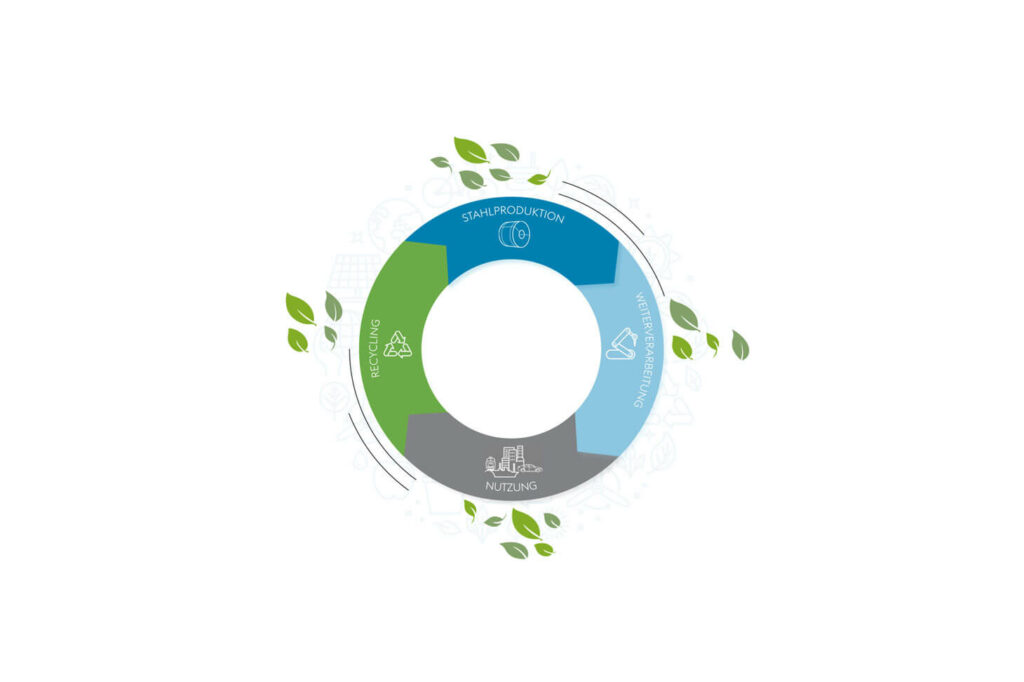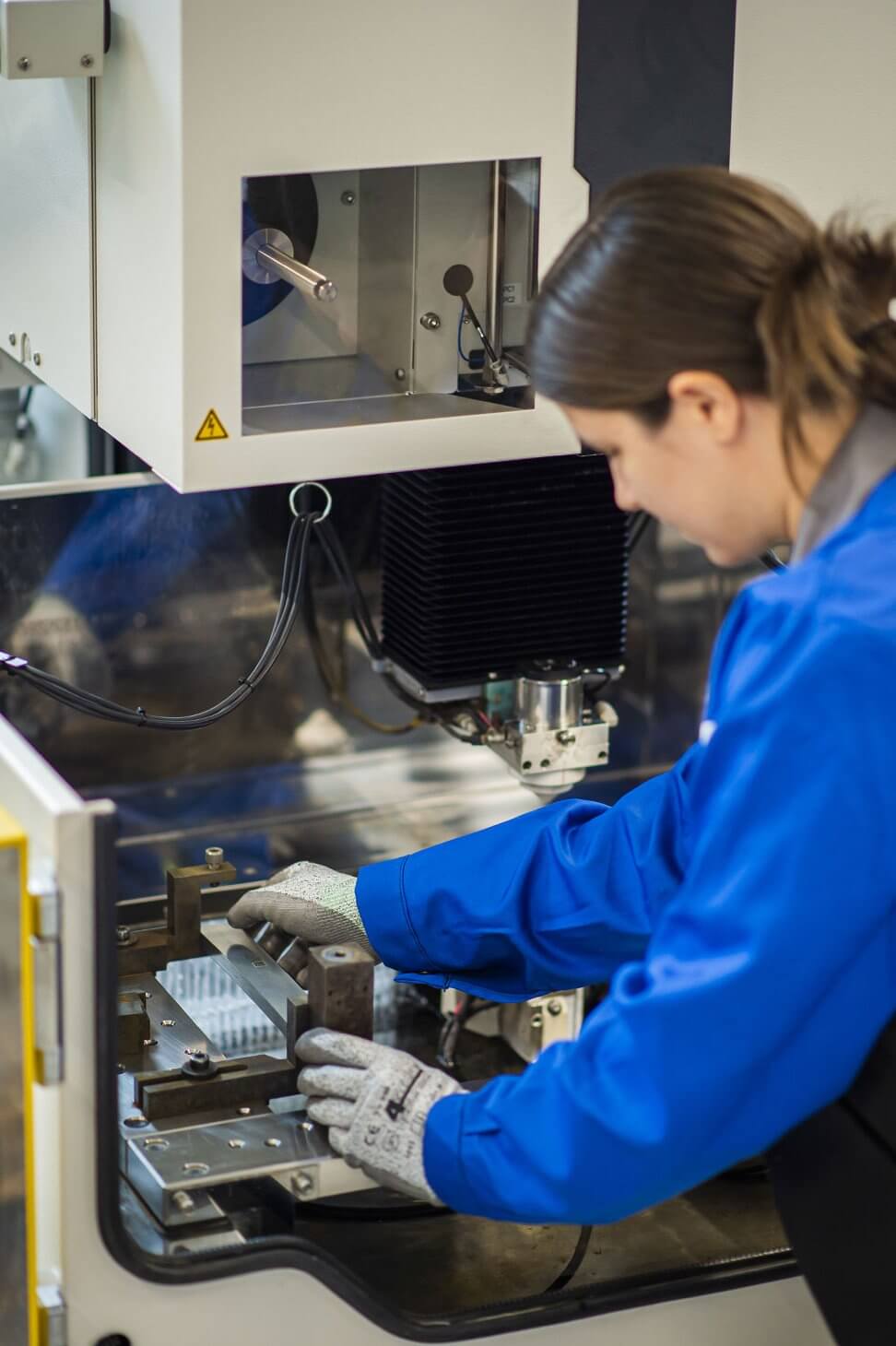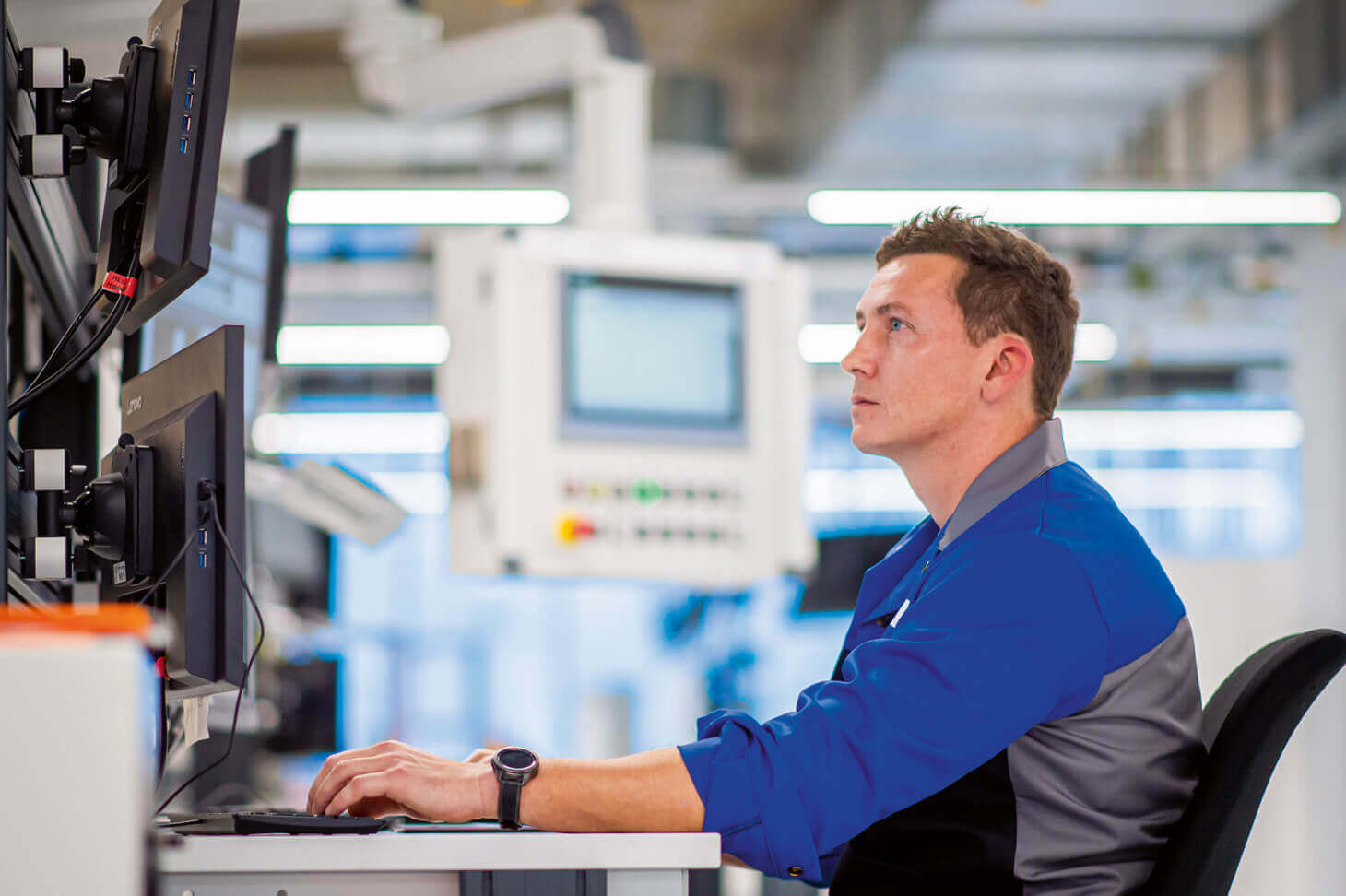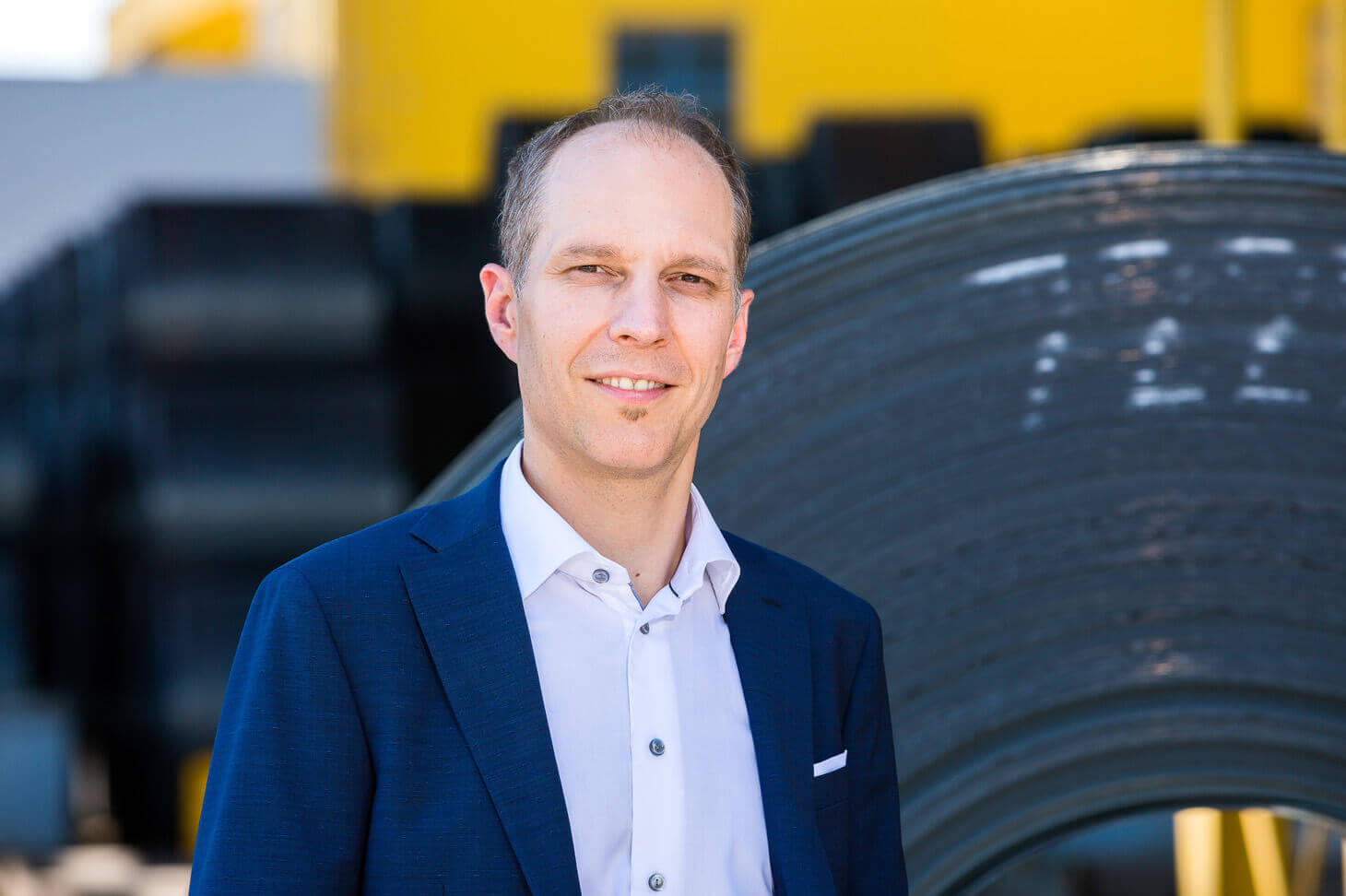Hard facts about our environmental impact
At voestalpine, environmental sustainability is more than simply reducing CO2 emissions. We use life cycle assessment and state-of-the-art methods to record all environmental impacts.
- 4
At voestalpine, environmental sustainability is more than simply reducing CO2 emissions. We use life cycle assessment and state-of-the-art methods to record all environmental impacts.

How much energy is consumed to produce one ton of hot-dip galvanized steel strip at our Linz site? How much water? And how much does production contribute to global warming? The answers to these and other ecological questions can be found in our environmental product declarations. These declarations are at the center of our life cycle assessments.
We have a long tradition of conducting life cycle assessments. For years, we have been using this method to determine the environmental impact of our products. It requires taking a holistic approach and recording all environmental impacts over the entire life cycle of our products and over the entire value chain. After all, extracting and processing raw materials and supplying energy also have an impact on the environment.
When viewed holistically, a life cycle assessment shows that steel has clear strengths and advantages. Steel is never used up, and can always be returned to the material cycle. Viewed over the entire life cycle, this reduces its ecological footprint. 100% of the steel produced is recyclable and can be found in virtually all areas of life. 75% of all the steel products ever made are still in use and can be recycled over and over again. 16% of CO2 emissions per ton of crude steel have been reduced since 1990.
There are a large number of ecological aspects other than the CO2 footprint that we take into account in life cycle assessment. These include primary energy demand, water consumption, and acidification potential. It is important to consider all the relevant environmental indicators in order to identify burden shifts, i.e., shifts between the indicators or the life cycle phases. For example, when the environmental impact during use is reduced, but the use of alternative technologies or other materials in production increases the environmental impact.

Whether in the automotive industry, the construction industry, or public procurement, life cycle assessment is now a specific requirement in many supply chains and business sectors and is increasingly becoming a decision-making criterion.
The challenge here is to ensure that the data and methods can be compared. This is what environmental product declarations do. They are based on international standards and are checked, verified, and published by independent third parties. This makes them an ideal instrument for neutrally and objectively determining and presenting environmental impacts. We have drawn up and published environmental product declarations for many of our products. We also closely monitor international developments in the field of life cycle assessment and comply with initiatives such as the EU Commission’s recommendation on the use of the environmental footprint methods.

We have now created and published environmental product declarations for many of our products. We also closely monitor international developments in the field of life cycle assessment and ensure compliance with initiatives such as the EU Commission’s recommendation on the ecological footprint method.

For decades, voestalpine has been the environmental and efficiency benchmark for the industry. We focus on sustainability out of conviction, not because it is the trend. We provide information on which sustainability criteria and standards we follow, on how we are continuously improving our carbon footprint, and about the innovative, sustainable products and solutions we develop for our customers in order to make the world a little better.
Die voestalpine ist ein weltweit führender Stahl- und Technologiekonzern mit kombinierter Werkstoff- und Verarbeitungskompetenz. Die global tätige Unternehmensgruppe verfügt über rund 500 Konzerngesellschaften und -standorte in mehr als 50 Ländern auf allen fünf Kontinenten. Sie notiert seit 1995 an der Wiener Börse. Mit ihren Premium-Produkt- und Systemlösungen zählt sie zu den führenden Partnern der Automobil- und Hausgeräteindustrie sowie der Luftfahrt- und Öl- & Gasindustrie und ist darüber hinaus Weltmarktführer bei Bahninfrastruktursystemen, bei Werkzeugstahl und Spezialprofilen. Die voestalpine bekennt sich zu den globalen Klimazielen und verfolgt mit greentec steel einen klaren Plan zur Dekarbonisierung der Stahlproduktion.